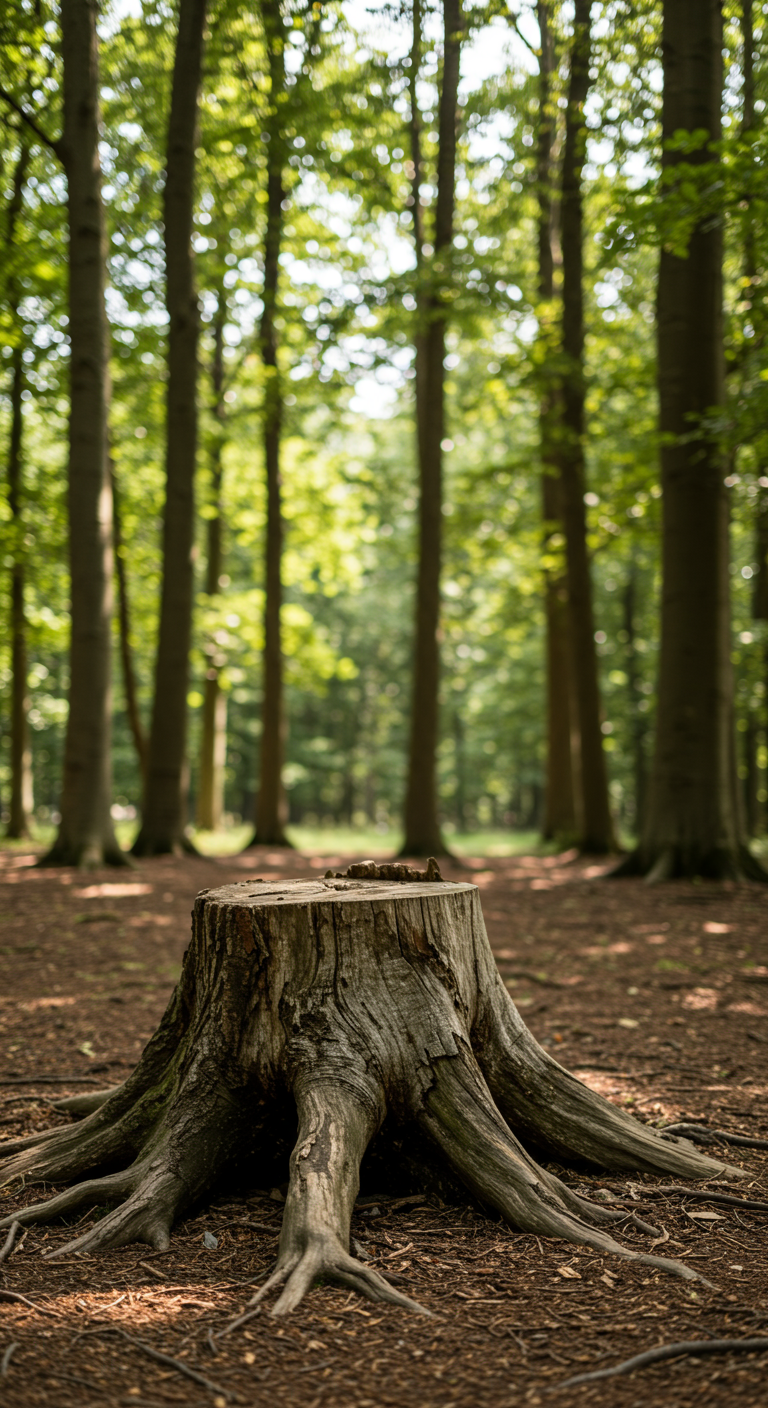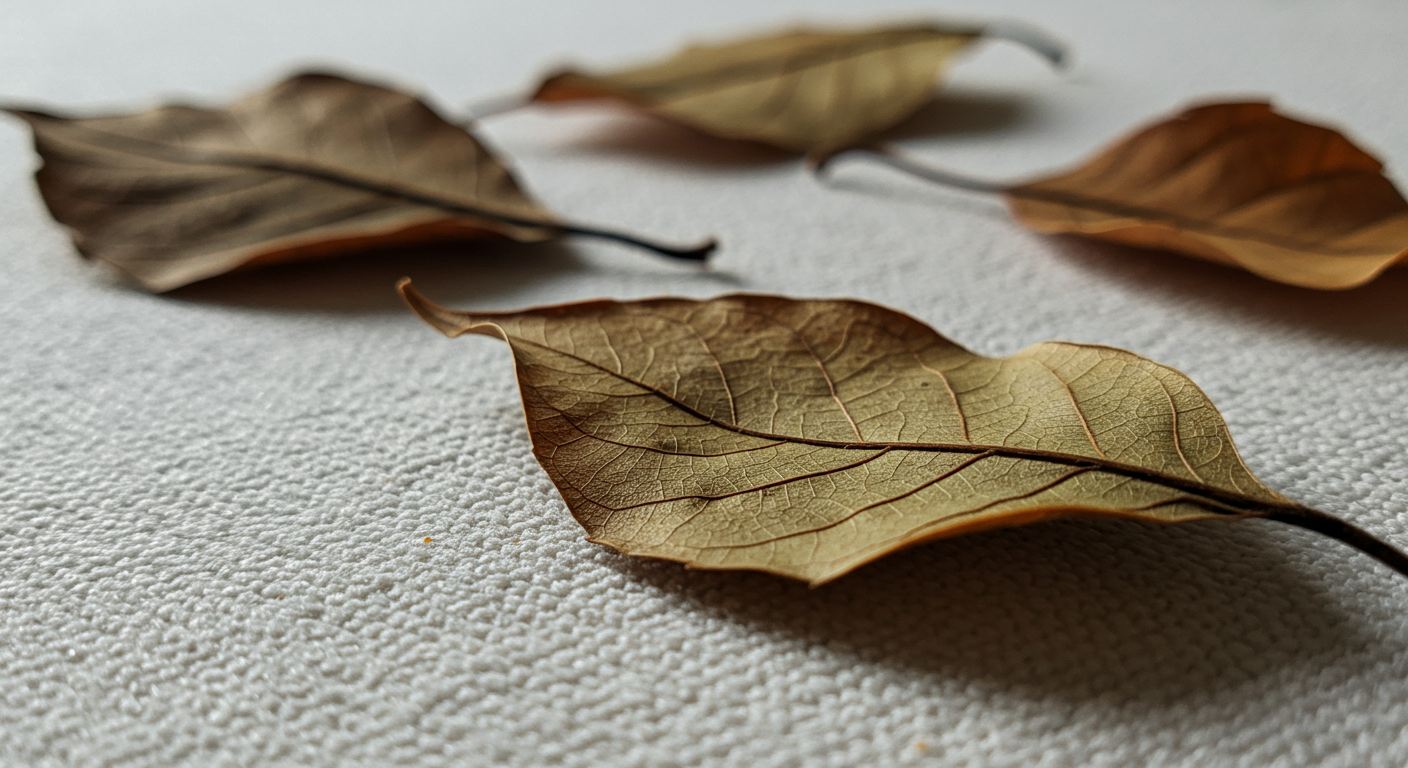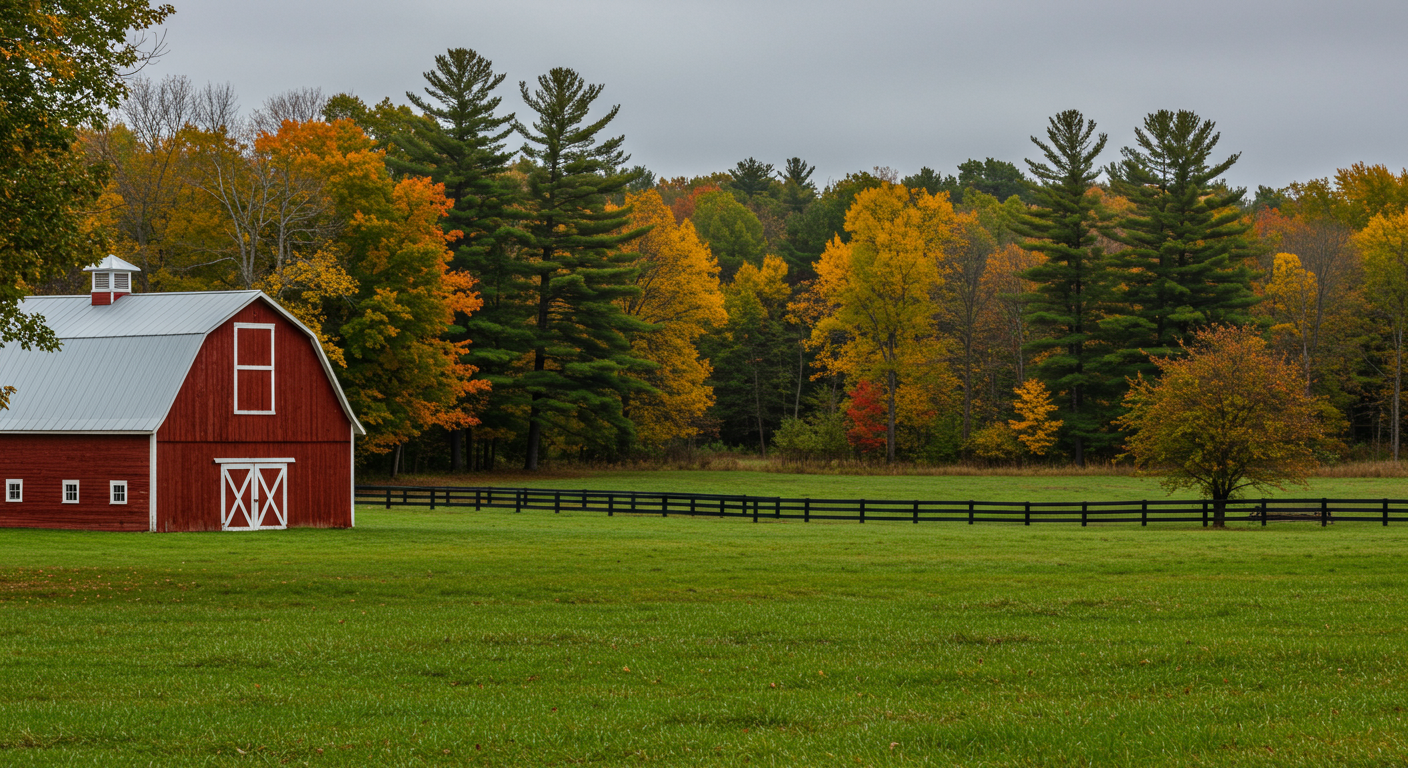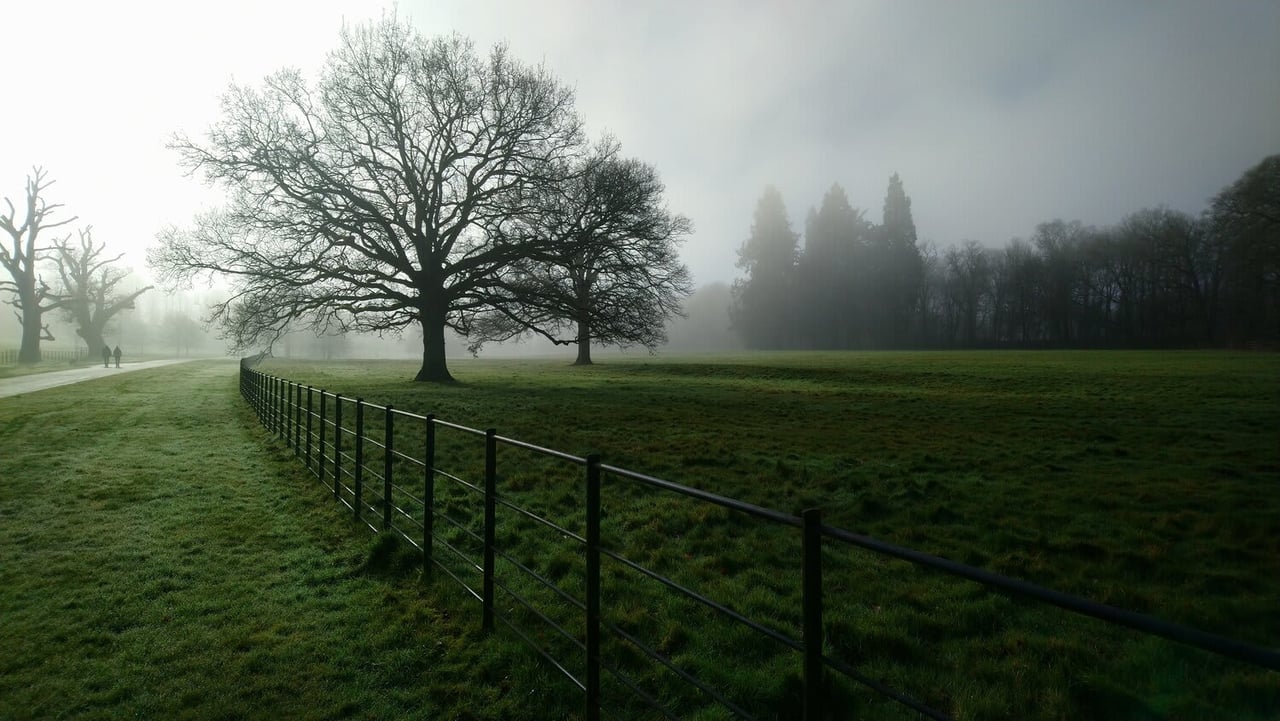If You Have Set Your Sights on Moving to The Texas Hill Country, You Have Certainly Come Across the Topic of Oak Wilt, a Potentially Threatening Disease that Targets Oak Trees.
The Good News Is that With the Right Knowledge and A Proactive Approach, You’ll Be Well-Equipped to Take Great Care of Your Trees.
What Is Oak Wilt?
Oak Wilt or ‘oak Decline’ Is a Disease that Threatens Oak Trees, with Red Oaks Like Spanish, Shumard and Blackjack Oaks Being the Most Susceptible. Live Oaks Are Considered Less Susceptible but Tend to Be the Most Infected Kind of Oak Because of Their Grafted Root Systems, Which Allows the Fungus to Spread Easily Between Trees.
Oak Wilt Travels Through the Interconnected Roots of Live Oak Trees at Roughly 100 Feet per Year, Making It a Fast-Moving Threat to The Health of Your Property’s Trees.
But Don’t Worry! Because This Is a Common Challenge in The Area, There Are Great Resources Available for Understanding It and Handling It with Ease.

What Does Oak Wilt Look Like?
The First Thing to Do Is to Keep a Sharp Eye out For Signs of Oak Wilt.
If You See What Looks Like Autumn Colors on Your Red Oaks During the Summer Months, That’s a Tell Tale Sign that You Have Oak Wilt on Your Hands. Live Oaks Infected with The Fungus Will Display Veinal Necrosis, Where the Veins of Tree Leafs Show Red, Brown, or Yellow with Green Areas in Between.

How to Prevent Oak Wilt
The General Rule of Thumb with Oak Wilt Is that While It’s Difficult to Treat, It’s Easy to Prevent. This Makes Early Review and Detection Important to Managing the Health of Your Trees. Working with A Certified Arborist Can Bring You Peace of Mind and A Fool-Proof Approach, but Many Hill Country Residents Find that They Can Tackle at Least Some of These Steps on Their Own.
- Remove Infected Trees: Red Oaks that Are Identified to Have Oak Wilt Should Be Cut Down and Disposed Of, Quick. if You Have Spanish, Shumard or Blackjack Oaks Around the Disease Center, It Is Best to Burn the Diseased Tree in Place.
- Create a Protective Barrier: Breaking up Root Connections Can Maintain the Health of Your Trees and Prevent the Spread of Oak Wilt. Large Breaks of Open Ground Between Trees Will Act as A Natural Barrier to The Spread of Oak Wilt Because Root Systems Will Be Farther Apart, Which Is Something to Keep in Mind Especially when Planting New Trees. Installing a Trench as A Break in The Root Systems Around Infected Trees Can Also Be Very Effective, but Trenches Are an Expensive and Difficult Option--Something Most People Look to As a Last Resort to Save Their Trees. It Is, However, the Only Known Method of Stopping the Spread. if You Decide to Go the Trench Route, They Should Be Cut at A Minimum of A 4 Foot Depth and Approximately 100 Feet Outside of The Perimeter of The Infected Area.
- Preventative Treatment: Identify High-Value Oaks that May Be Susceptible to Infection Based on How Close They Are to Infected Trees. Injecting a Fungicide Like ‘alamo’ Can Help Protect Them from Infection, but It Cannot Stop the Spread of The Disease or Cure an Already-Infected Tree.
- Tree Wounds: Avoid Pruning Oak Trees from February Through June. Pruning Equipment Should Always Be Sanitized and Sterilized Between Use on Different Trees, Regardless of The Time of Year. Any Cuts Made to A Healthy Tree Should Be Treated Immediately, Like Pruning Points and Fresh Stumps. Wounds Made to The Trunk of A Tree by Pruning, Weed-Eating, or Other Machinery Are Especially Susceptible to Infection; the Insect that Transmits the Fungus Is a Beetle Known as The Nitidulid Beetle, and These Beetles Feed on The Sap Draining from Fresh Tree Wounds. Painting Over New Cuts Helps Prevent the Sap from Becoming an All-You-Can-Eat Buffet that Would Contribute to The Spread of The Fungus.
- Firewood: You Can Rest Assured that It Is Safe to Use Wood Infected with Oak Wilt as Firewood--The Smoke from Burning Infected Wood Is Not a Threat to Your Other Trees, and The Heat of The Fire Destroys the Fungus. However, Firewood from Infected Oaks Can Be a Source of Oak Wilt Infection if Stored Under or Near Healthy Trees; only Wood that Has Been Cured for An Entire Summer Should Be Stored in The Vicinity of Healthy Trees. in General, Having a Separate Place to Store Firewood Away from Healthy Trees Is a Good Rule of Thumb.

Cultivating a Healthy Property
Many Properties in The Hill Country Come Already Resplendent with The Iconic Texas Oak, but Some Landowners Enjoy Planting Additional Trees Too. One of The Best Things You Can Do to Lessen the Chance of Oak Wilt Is to Plant Diverse Trees that Are Oak Wilt Resistant and Can Adapt Well to The Hill Country. a Little Variety Can Be a Beautiful Thing!
Post Oak Is a Species of Tree that Is Resistant to The Fungus, as Well as Overcup Oak, Bur Oak, and White Oak. Cedar Elm and Chinese Elm Are Also Highly Recommended Trees for Planting in Many of The Areas Where Oak Wilt Is a Problem. Checking with A Local Horticulturist, Arborist, or Nurseryman Will Help You Know Which Trees Will Thrive Best in Your Location.
*as You Plant Your New Trees, Be Mindful to Avoid Wounding Them During the Planting Process, as This Will Make Them Vulnerable to Infection.
*Following These Steps to Prevent Oak Wilt as A Texas Landowner Will Help Make Sure You’re Able to Spend Your Time Enjoying Your Property (and Your Trees), Worry Free. if You’re Interested in Further Reading, We Highly Recommend Texas A&m’s 8 Step Guide to Oak Wilt Management.

